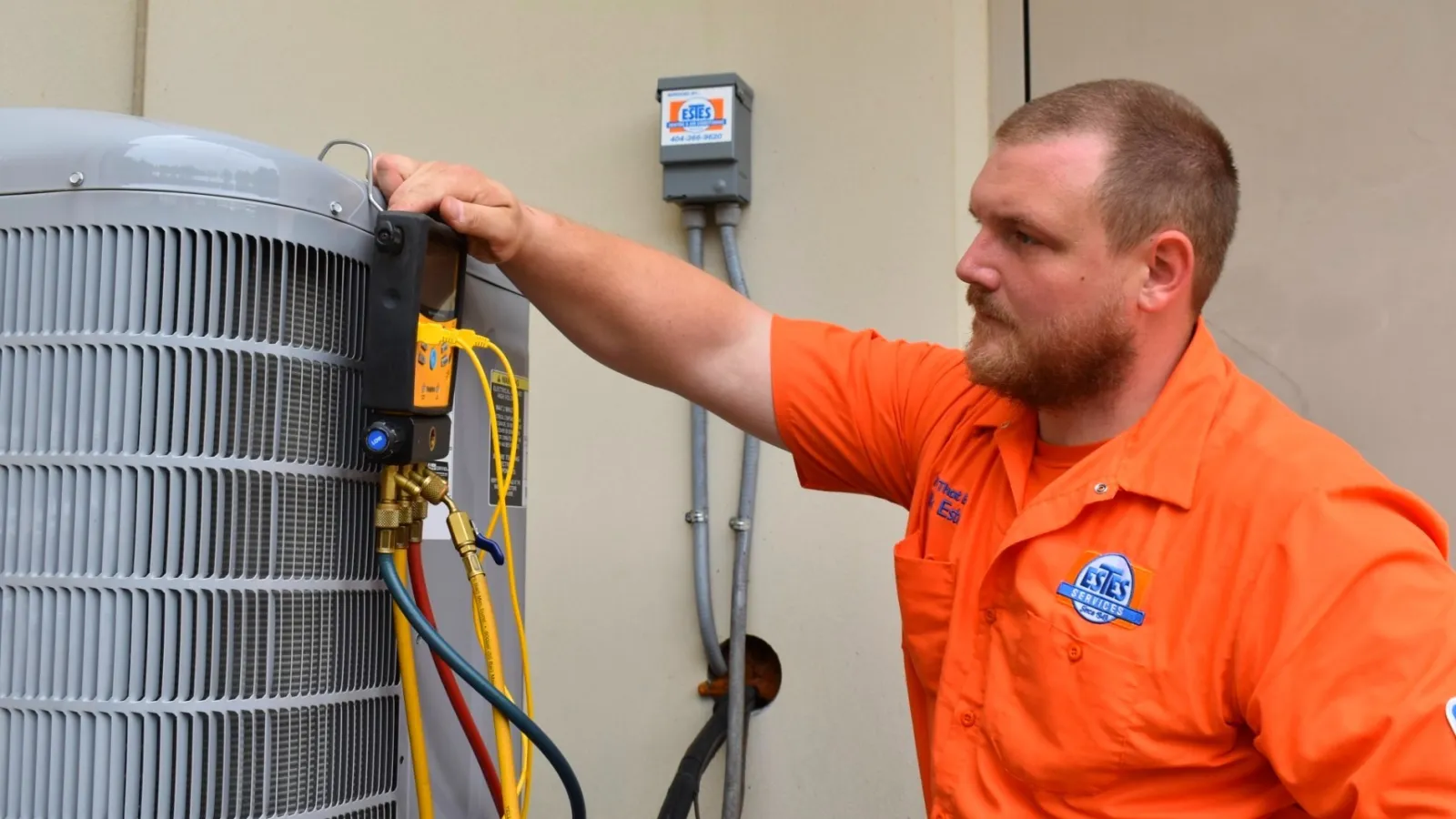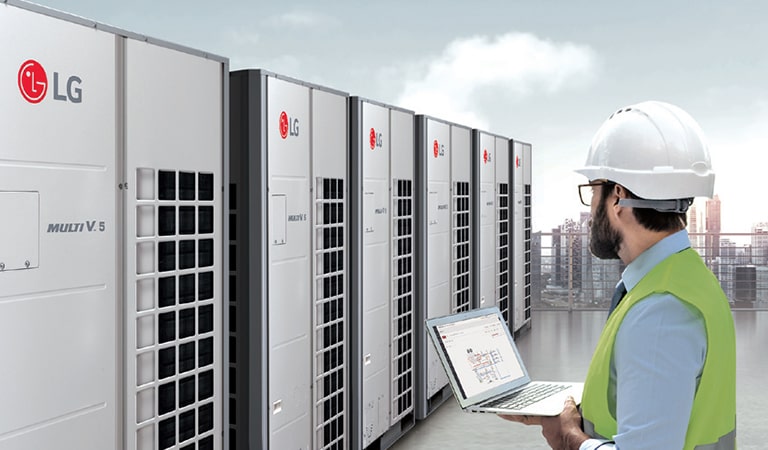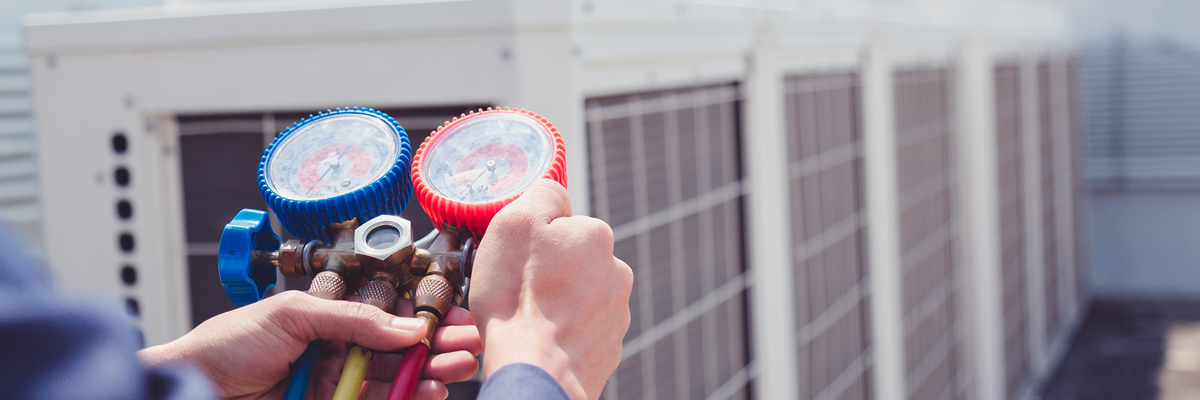Top Tips for Enhancing Comfort with ductless mini splits
Top Tips for Enhancing Comfort with ductless mini splits
Blog Article
How a Warmth Pump and Furnace Job Together to Enhance Your Home's Home heating Efficiency
Understanding how a warmth pump and heating system job with each other is necessary for homeowners looking for effective home heating solutions. Each system has its toughness, offering a balanced method to home comfort. The warm pump excels in modest temperature levels, while the heater supplies rapid warmth throughout extreme cold. This harmony not only lowers energy costs however also boosts the life-span of both appliances. What aspects influence this collaboration, and how can home owners maximize their benefits?
Understanding Warm Pumps: How They Function
Although many people may be unfamiliar with their internal functions, warmth pumps play a necessary duty in modern-day home heating systems. These devices run by transferring warmth from one area to another, utilizing the concepts of thermodynamics. In colder months, a heat pump removes heat from the outdoors air, ground, or water, and transfers it indoors to warm the space. Alternatively, during warmer months, it can turn around the process, functioning as an air conditioning system by getting rid of heat from inside to the outside.Heat pumps contain an evaporator, development, compressor, and condenser valve. The refrigerant within the system takes in warmth as it evaporates at low temperatures and stress. The compressor then increases the stress and temperature of the refrigerant, permitting it to launch warm as it condenses. This efficient process can substantially lower energy intake compared to conventional heating approaches, making heatpump a sustainable option for climate control in homes.
The Function of Heating Systems in Home Heating
Heating systems play a crucial role in home heating by supplying a trusted source of warmth during the colder months. They run by creating heat with combustion or electric resistance, dispersing it throughout the home via ducts or radiant systems. The efficiency of a heater is typically measured by its Yearly Fuel Application Performance (AFUE) score, which suggests exactly how properly the system transforms fuel into heat.Furnaces can utilize different energy sources, consisting of all-natural gas, lp, electrical power, or oil, permitting property owners to pick the most suitable alternative for their requirements. Unlike heatpump, which might have a hard time in severe cool, heating systems maintain regular efficiency, making certain that interior temperatures remain comfortable despite exterior problems. In addition, modern heaters frequently come furnished with sophisticated modern technology, such as variable-speed blowers and wise thermostats, boosting their effectiveness and responsiveness. This convenience makes heaters a vital part in all-encompassing home heating methods.

Benefits of Making Use Of Both Solutions With Each Other
Integrating the strengths of both heaters and warm pumps can bring about a more effective and reliable home heating solution. Using both systems enables property owners to benefit from the heatpump's power performance throughout milder temperatures while depending on the heater for even more extreme cold problems. This double approach can significantly reduce power expenses, as heatpump eat much less electrical power than typical home heating approaches when temperature levels are moderate.Additionally, using both systems together can enhance convenience levels in the home. Heat pumps can give constant, also heating, while furnaces can promptly raise ambient temperatures when required. The assimilation of both systems can extend the life-span of tools by minimizing wear and tear on each unit, as they share the work. Ultimately, house owners can enjoy a well balanced, cost-efficient home heating remedy that adjusts flawlessly to varying weather, making sure a warm and inviting home throughout the winter months.
Exactly How Heat Pumps and Furnaces Enhance Each Various Other
When homeowners incorporate heatpump and furnaces, they create a complementary heating system that maximizes performance and comfort. Heatpump operate by transferring heat from the outside air or ground, making them extremely effective in moderate climates. They excel during milder temperature levels, supplying economical home heating. Conversely, heaters produce warm with burning or electric resistance, delivering strong, prompt heat throughout severe cool conditions.The mix of these 2 systems permits vibrant changes based upon temperature level changes. Throughout warmer months or milder winter months days, the warmth pump can take the lead, saving power and minimizing prices. As temperatures drop, the furnace can effortlessly involve, ensuring constant heat throughout the home. This harmony not only maximizes power usage but likewise enhances the life-span of both systems, as each unit runs within its ideal efficiency variety. Together, they develop a balanced atmosphere that adapts to differing environment demands.
Enhancing Efficiency: Tips for Homeowners
Property owners can improve their home heating performance through a number of sensible techniques. Establishing a routine maintenance schedule, incorporating clever thermostat modern technology, and implementing reliable insulation and sealing options are essential actions. These measures not only enhance convenience but likewise reduce energy costs.
Normal Maintenance Set Up
To assure optimal heating performance, developing a routine maintenance routine is necessary for any kind of home. Homeowners should focus on regular inspections of both heatpump and furnaces to ascertain peak efficiency. This consists of altering air filters every one to 3 months, as blocked filters can substantially lower effectiveness. Additionally, scheduling professional upkeep a minimum of annually enables professionals to identify and resolve possible concerns before they escalate. Property owners ought to likewise cleanse the warmth pump's outdoor device to stop debris buildup that can hinder air flow. By adhering to a routine maintenance timetable, home owners not just enhance their heater' efficiency yet likewise expand their lifespan, causing higher convenience and minimized power expenses throughout the chillier months.
Smart Thermostat Combination
Incorporating a wise thermostat right into a home heater can significantly improve energy performance, specifically as it permits accurate control over temperature setups. These gadgets can find out the house owner's timetable and choices, automatically changing the temperature level to maximize comfort while lessening energy usage. They can reduce heating throughout times when the home is empty, decreasing unnecessary consumption. Several wise thermostats also offer real-time power usage data, making it possible for home owners to make educated choices concerning their home heating habits. Furthermore, remote gain access to through mobile phone applications enables individuals to change settings from anywhere, guaranteeing the home is cozy upon return. Generally, wise thermostat combination not just boosts convenience yet significantly contributes to power financial savings and efficiency.
Insulation and Securing Solutions
Smart thermostats play a vital role in energy efficiency, but their efficiency can be considerably improved by appropriate insulation and securing remedies. Home owners need to prioritize protecting walls, floorings, and attic rooms to minimize warmth loss. Premium insulation products, such as spray foam or fiberglass, can substantially enhance thermal resistance. Additionally, sealing voids around doors, air ducts, and home windows protects against cool air seepage and warmth escape. Weatherstripping and caulking work techniques for addressing these leaks - ductless mini splits. Routine evaluations for air leaks, together with using blower door tests, can aid determine trouble locations. By purchasing insulation and sealing, home owners can optimize the performance of their heating unit, eventually causing reduced energy usage and reduced energy bills
Common Myths Concerning Warmth Pumps and Furnaces
What misunderstandings border warmth pumps and heaters? Many individuals wrongly think that warmth pumps are inefficient in chillier environments. In truth, modern-day heatpump are developed to run successfully also in reduced temperatures, supplying reputable heating throughout winter months. Another common myth is that heaters are constantly a lot more reliable than heat pumps. Nonetheless, this relies on the specific power sources and effectiveness scores of the devices in inquiry. Some may likewise assume that using both systems simultaneously is unnecessary, yet as a matter of fact, this mix can optimize home heating performance, especially during extreme weather. Additionally, individuals typically presume that warm pumps require consistent maintenance, when in fact, they have similar maintenance needs to traditional home heating systems. By exposing these misconceptions, house owners can make even more informed decisions concerning their home heating alternatives, ultimately resulting in boosted convenience and click to read energy effectiveness in their homes.
Upkeep Considerations for Combined Equipments

Often Asked Inquiries
Can Heat Pumps Work Effectively in Very Cold Climates?
Heatpump can struggle in very cool environments due to decreased performance and warmth extraction restrictions. Nonetheless, developments in modern technology have actually led to models developed for much better efficiency in such problems, boosting their viability in harsh environments.
How Much Time Do Heat Pumps and Furnaces Normally Last?
Warmth pumps generally last 15 to twenty years, while heaters have a lifespan of 15 to 30 years. Routine maintenance can prolong their durability, ensuring efficient operation and lowering the need for premature substitutes.

What Is the Ordinary Expense of Putting Up Both Solutions?
The ordinary cost of mounting both a heat pump and a heater usually varies between $5,000 to $10,000 - ductless mini splits. Aspects influencing this expense consist of system size, installment complexity, and local labor rates
Exist Tax Obligation Motivations for Making Use Of Energy-Efficient Home Heating Equipments?
Lots of property owners inquire regarding tax motivations for energy-efficient heating systems. Different federal and state programs commonly provide discounts or credit histories, urging the adoption of sustainable modern technologies to minimize energy usage and promote ecological duty.
Exactly how Do I Pick the Right Size Heatpump and Furnace?
Selecting the best size warm pump and furnace includes computing the home's square footage, considering insulation quality, and assessing regional climate. Consulting a professional can assure perfect system performance and energy effectiveness based upon certain needs. ductless mini splits. Comprehending just how a warm pump and furnace work together is crucial for home owners looking for effective heating solutions. In colder months, a warmth pump removes warm from the outside air, ground, or water, and transfers it indoors to warm up the living browse around this web-site room. When house owners integrate heat pumps and heaters, they produce a complementary heating system that makes the most of effectiveness and comfort. Heat pumps run by moving warm from the outdoors air or ground, making them very reliable in modest environments. Heat pumps can struggle in exceptionally cool climates due to reduced performance and warm extraction constraints
Report this page